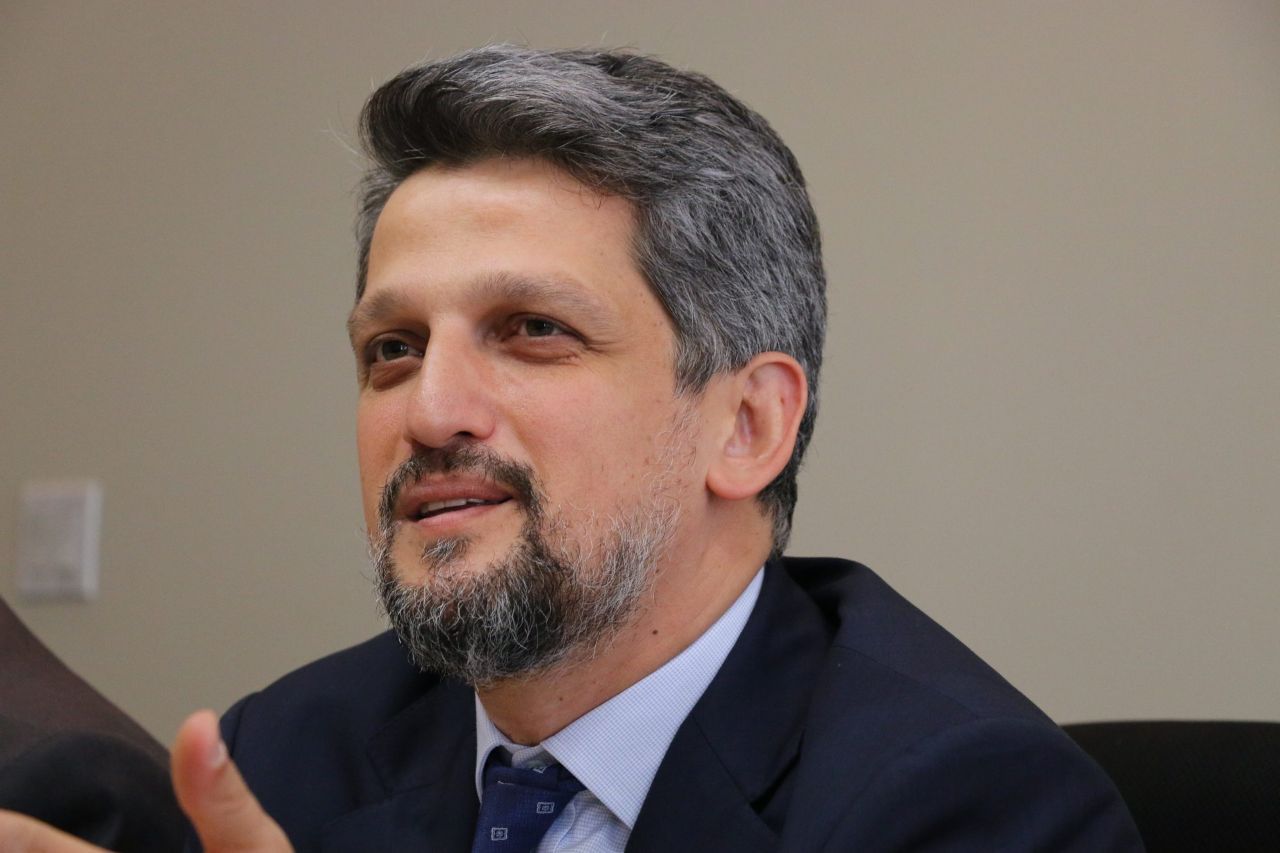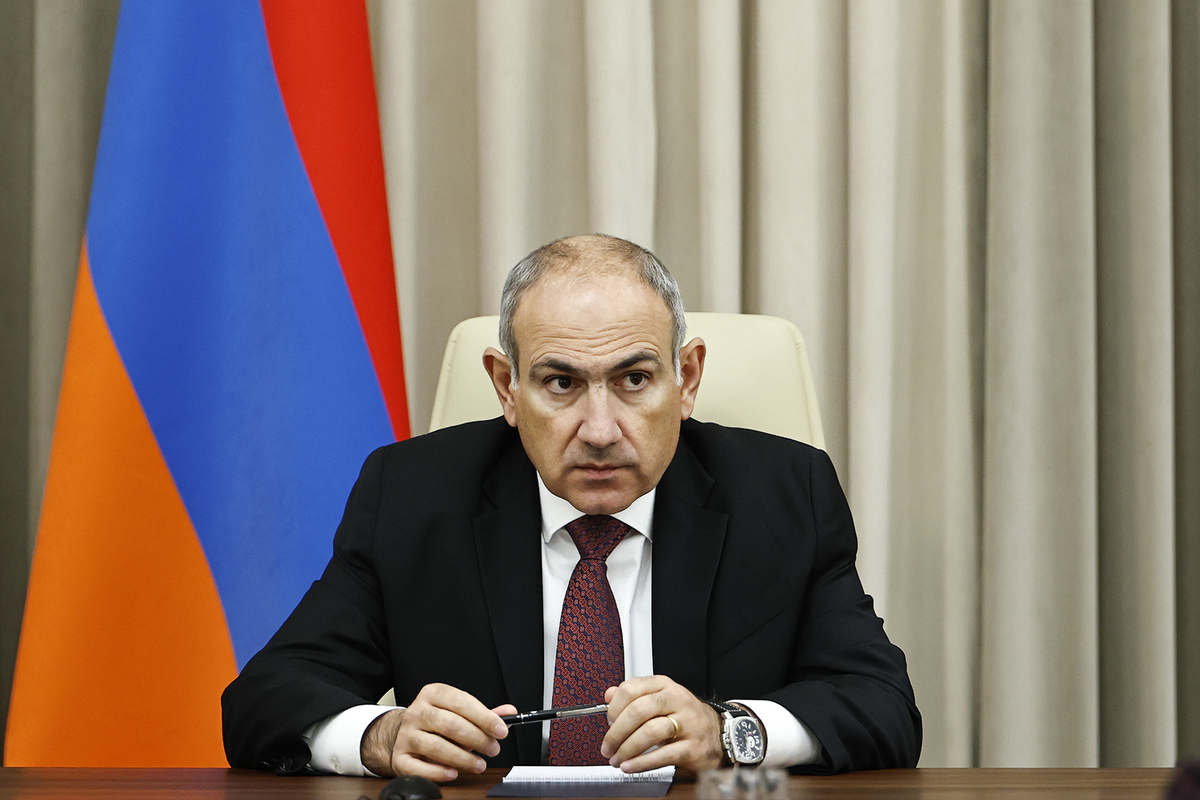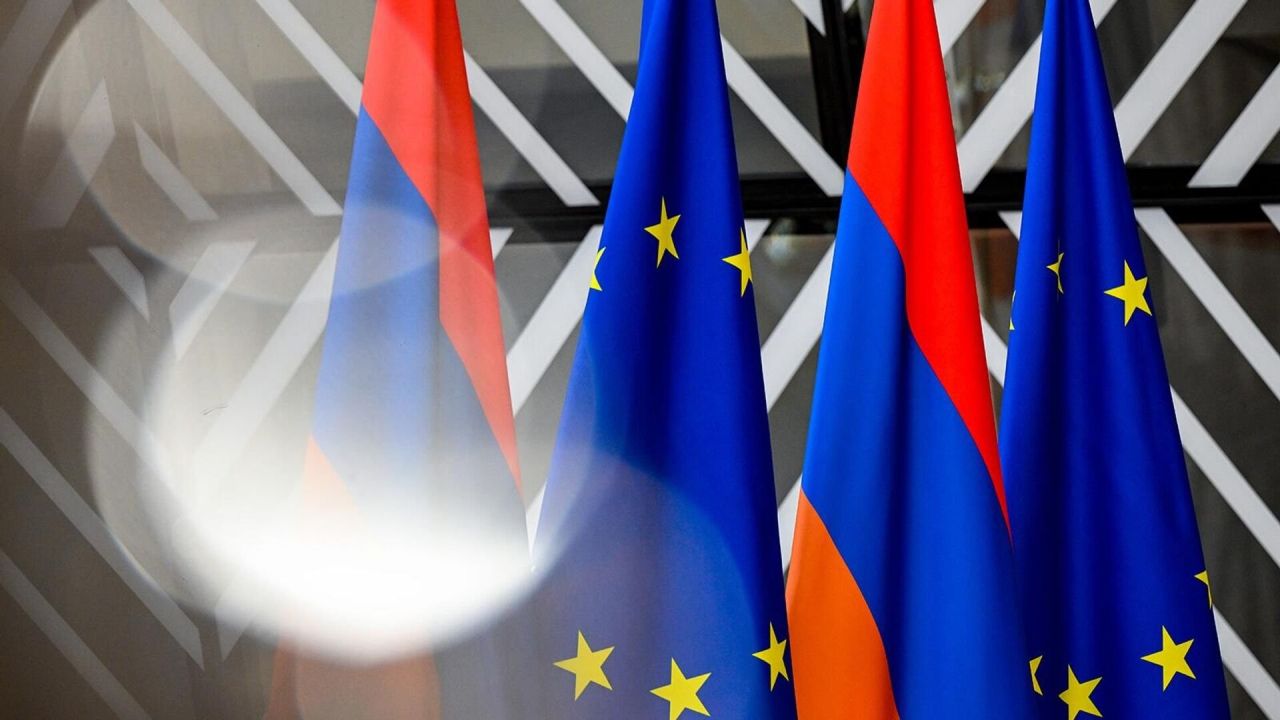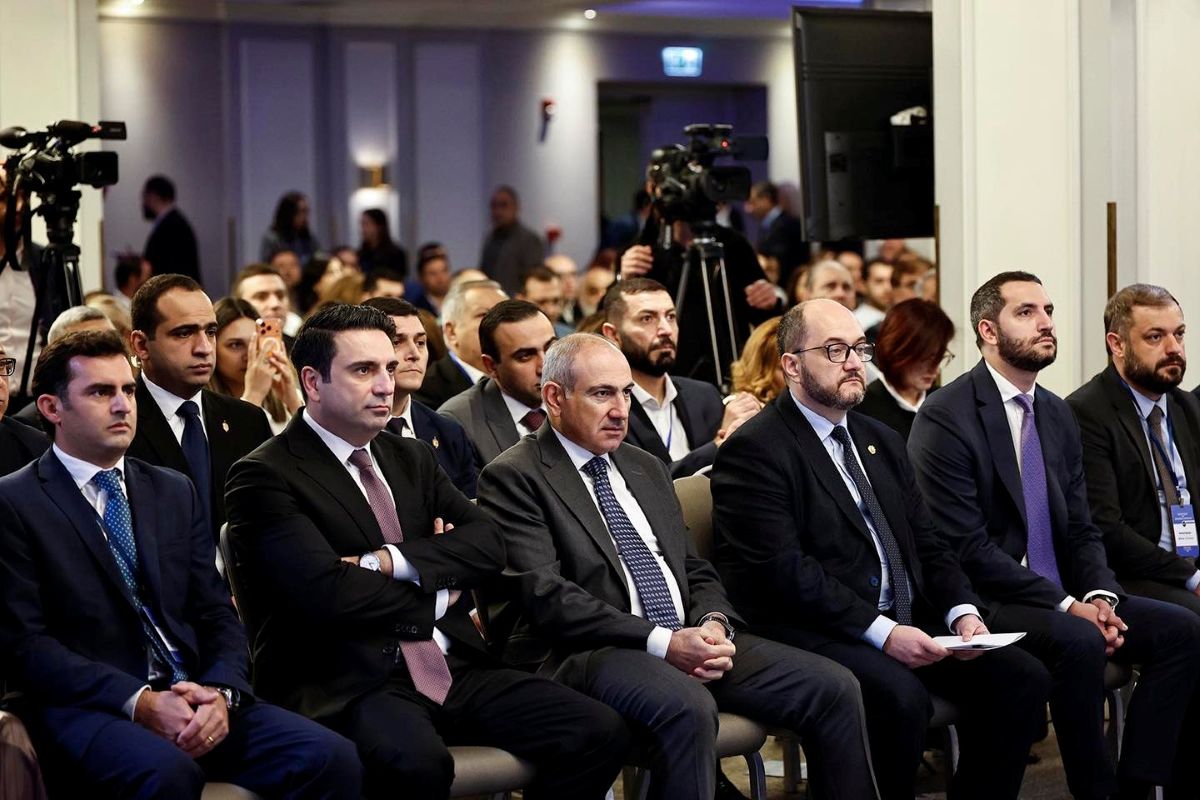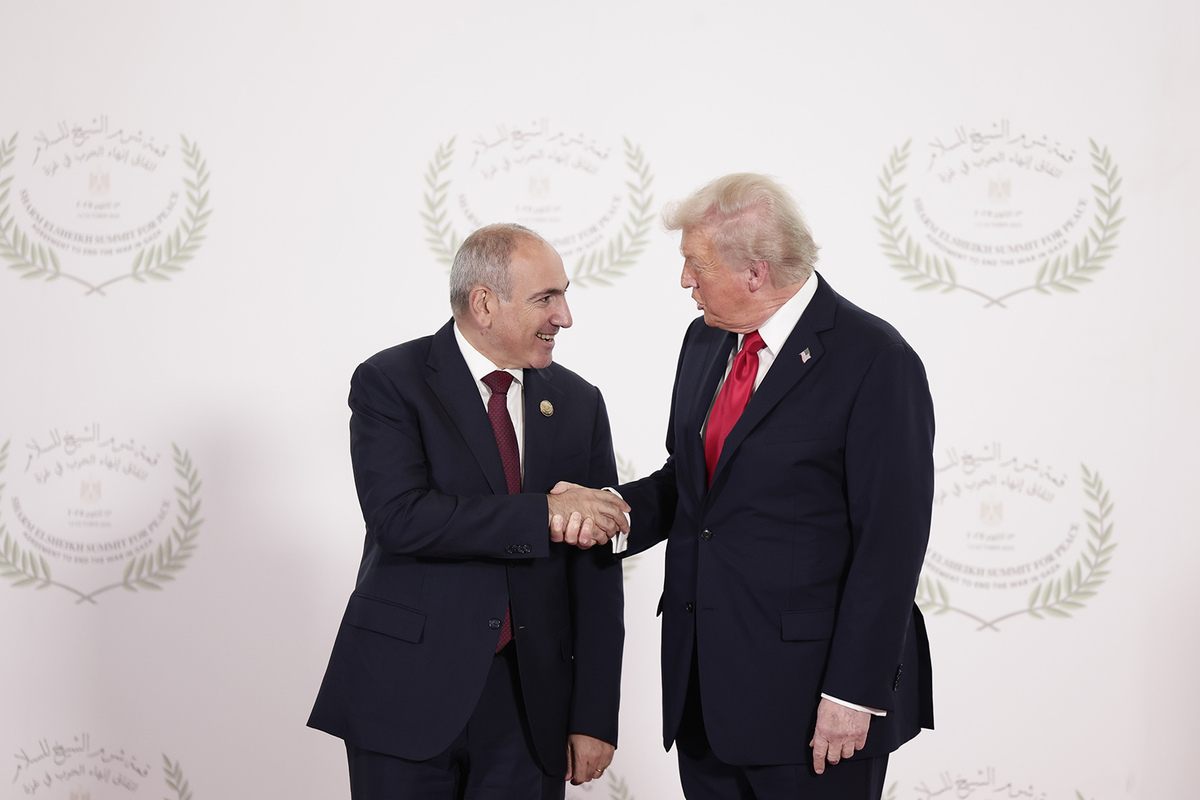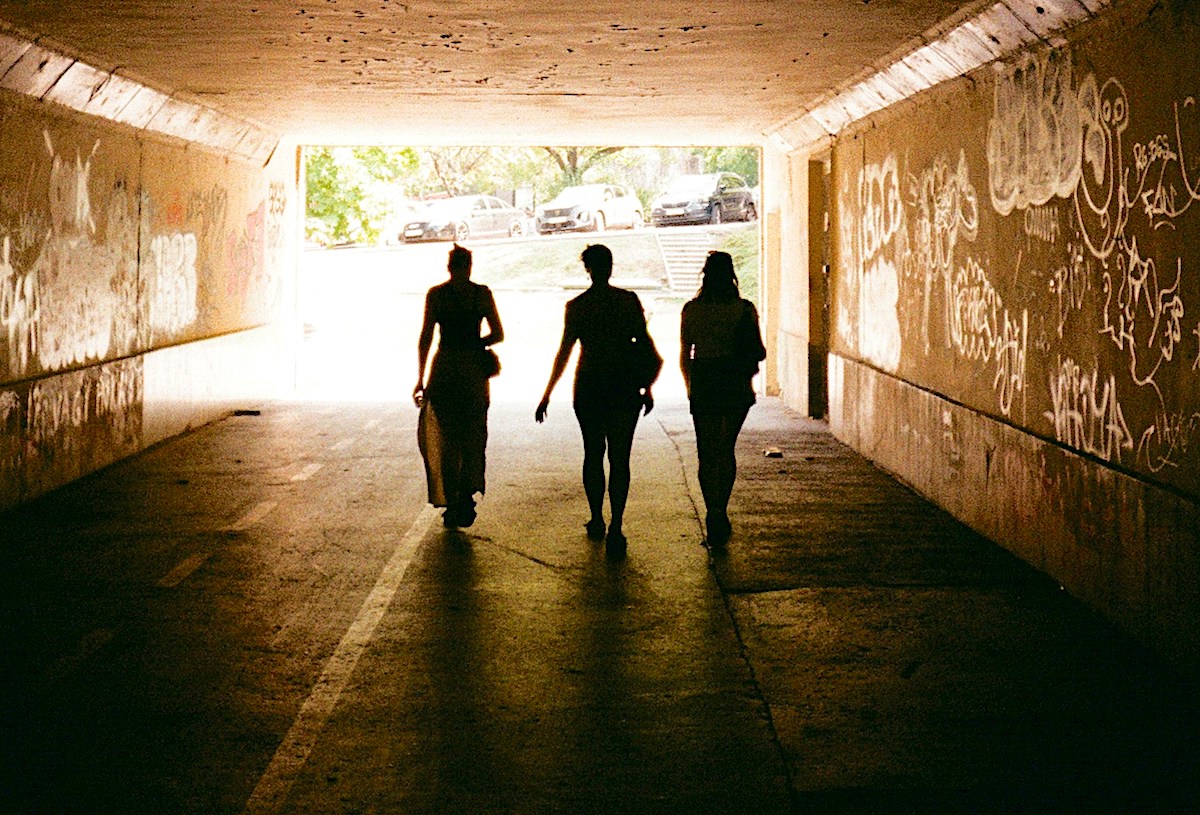Jewelry from weapons – turning power into beauty
The peaceful message of weapons
“I wanted to remove the aggression from the cartridge cases – I changed their energy. These cases do not kill, they are not clots of aggression, but beauty that adorns women,” says Artak Tadevosyan, an artist from the Armenian city of Gyumri.
Photo: Gevorg Hrachyan

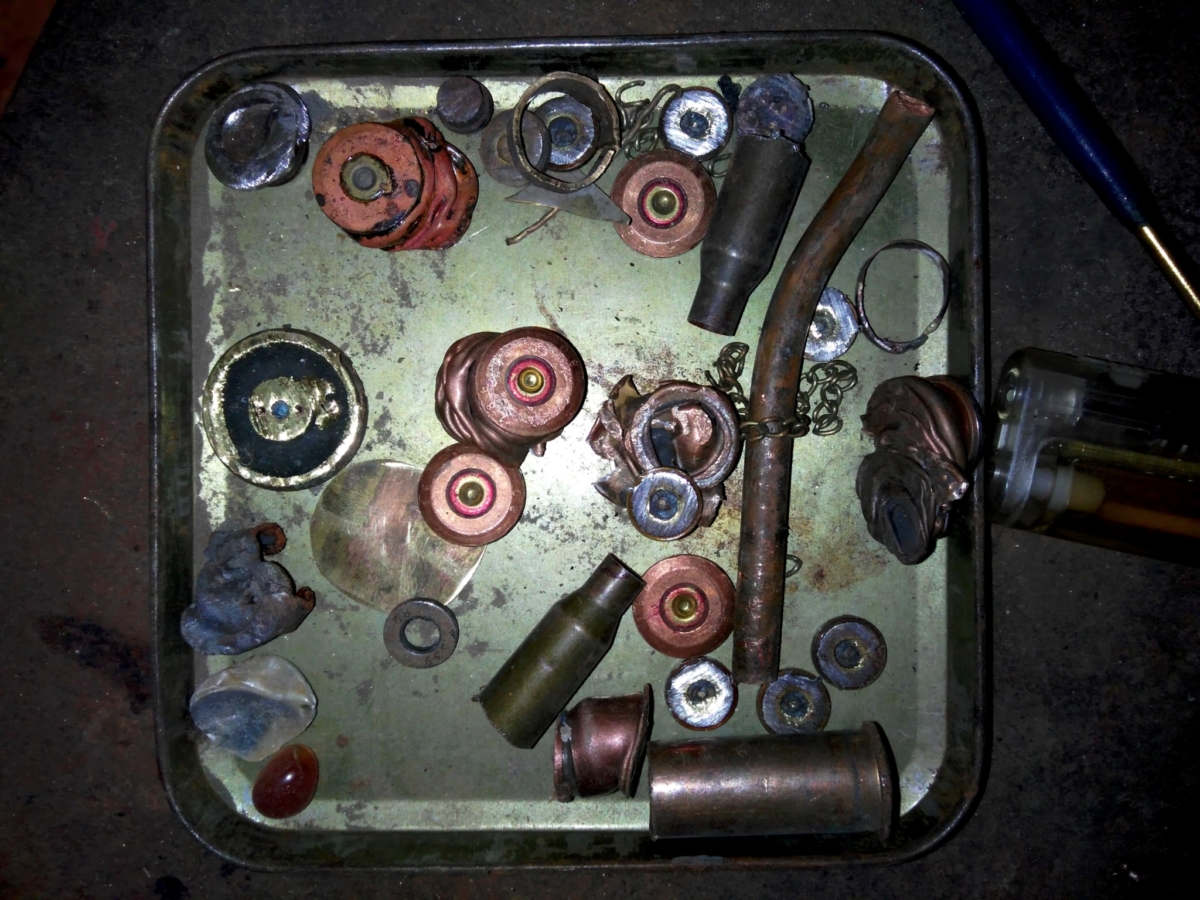
His idea, turning weapons into ornaments, has already gained acclaim in some fashion circles. The artist has long sought to do this, and it is thanks to his wife that he did.
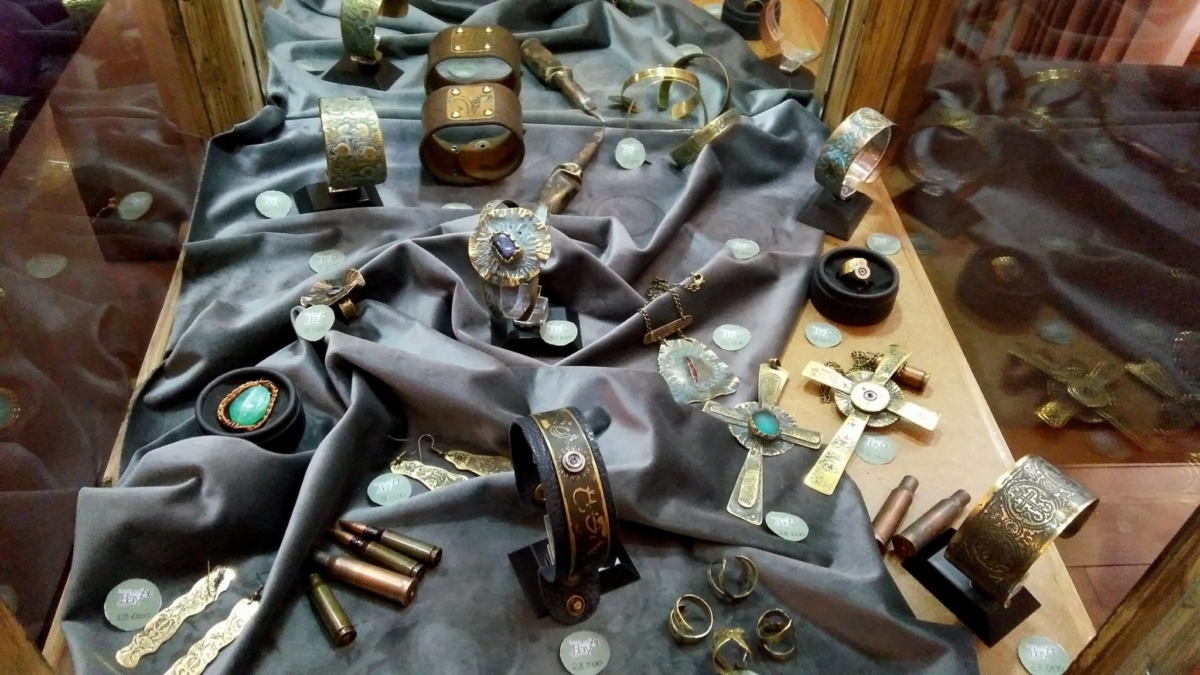
The way out of a hopeless situation
Artak Tadevosyan lives in Gyumri, Armenia, with his wife Ayarpi Gevorgyan. He went to Russia for work where he was engaged in the design of private houses for several years in a row.
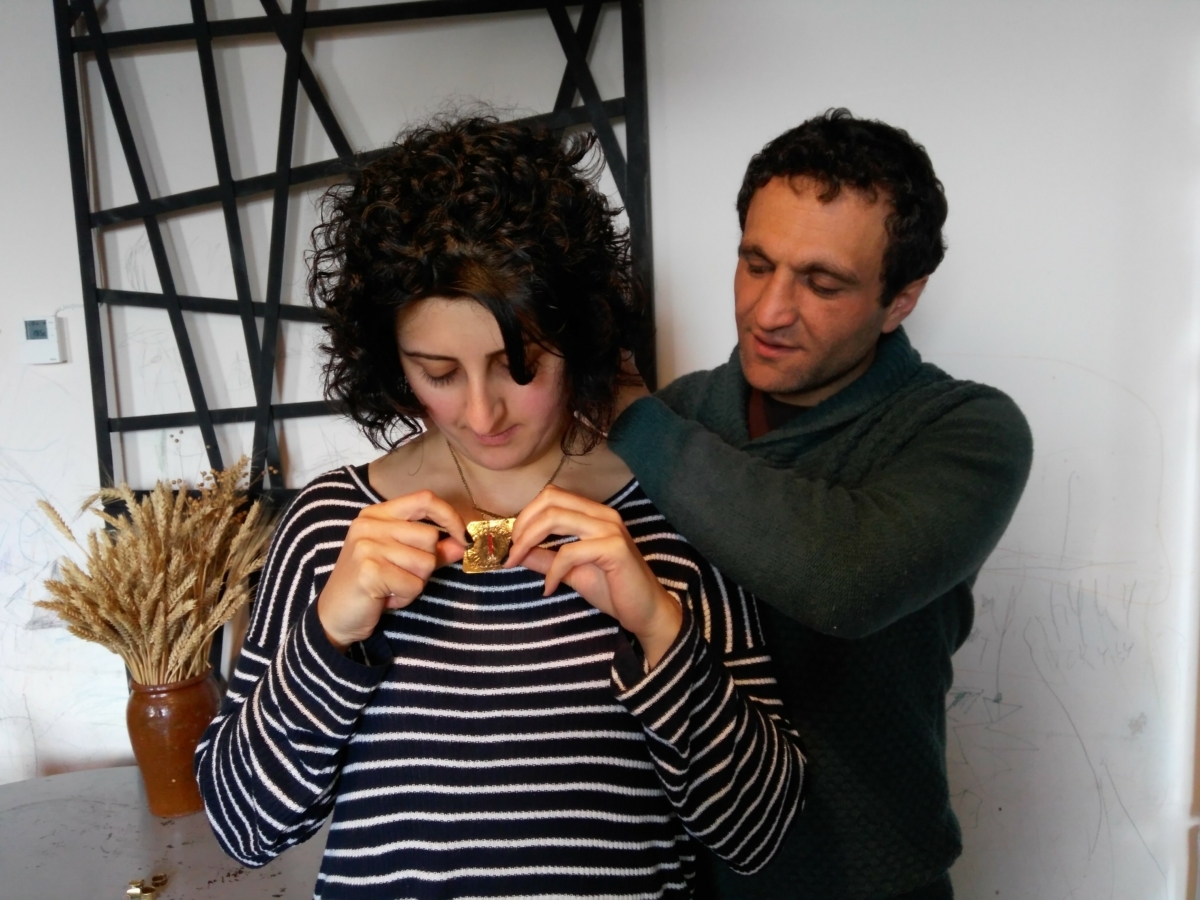
“The family needs a head, and a child a father next to him,” was the thought he returned with. However, the couple could not find a job in Armenia’s second largest city.
When it seemed that there was no other way than to pack up and leave the country, new ideas appeared – creative ones. Ayarpi began to knit dolls while Artak started to make jewelry from copper wires.
• 600 shades from six colours: carpet weaving and restoration in Yerevan
• Armenian cuisine festival in photos and video
“Artak’s jewelry became more interesting and more attractive. He began to complement it with stones. A few lucky breaks inspired us even more, and our work began to sell more,” says Ayarpi.

Artak recalls that once during a walk outside the city after military exercises [Gyumri hosts a Russian military base – JAMnews], he and Ayarni found empty ammunition cartridges on the ground. They brought them home and decided to make jewelry out of them to try and make something unprecedented. Today, these accessories are very popular in Gyumri as they sell under the HayAr brand, started by Ayarpi and Artak.
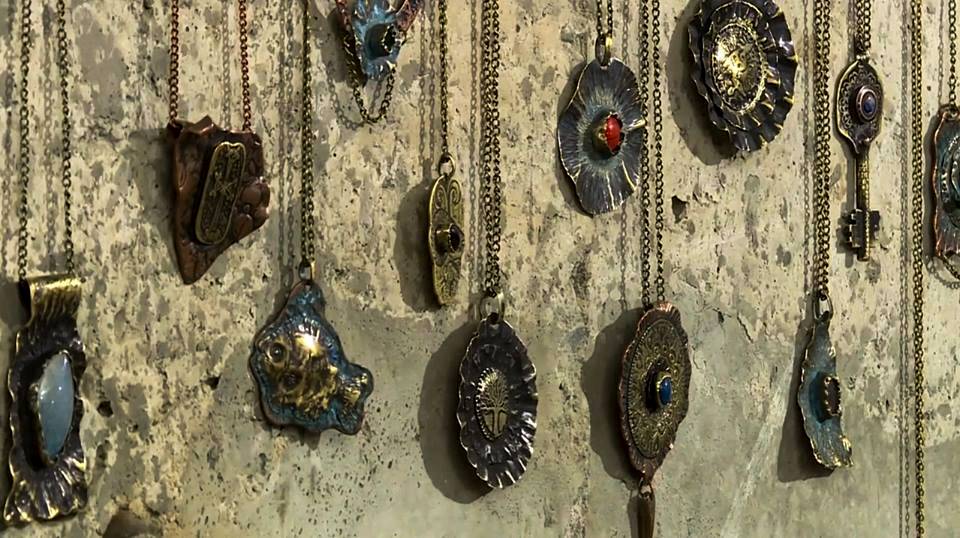
Artak turns cartridges, bullets and remnants of mines into earrings, rings, bracelets and pendants. What’s more, he creates them with tools of his own making and improvised means. He melts, bends and cuts various parts of the discarded military equipment in his basement, which became a workshop.
Ayarpi suggests how to make jewelry more comfortable and what women prefer more, while Artak chooses the patterns, trying not to distort and change their original appearance.

“I use different patterns. I often take them from miniatures, elements of Armenian letters, or Sanskrit symbols. I’m studying every dash at the Matenadaran [the repository of ancient manuscripts in Yerevan – JAMnews] and try to develop my work in different formats. True, I create jewelry, but I try to develop. It is important for me that each work is exclusive, so that the earrings are not alike – by nature, energy,” says the jeweler.

HayAr in France
“These are people who survived the genocide, but they have no violence in them. Weapons turned into an ornament, a work of art by the hands of an Armenian,” says Artak on how his works are most often seen in France.
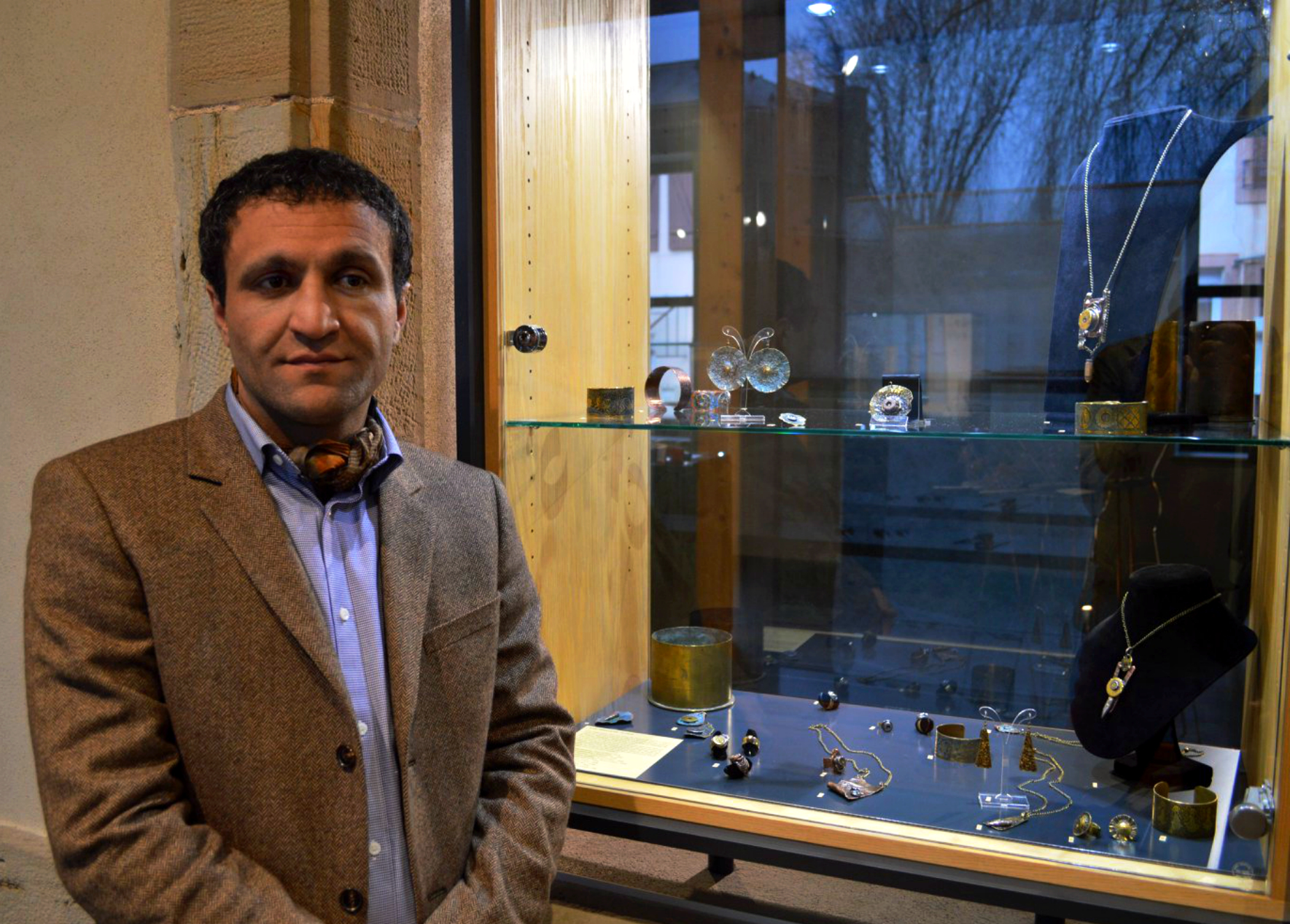
An exhibition dedicated to the 100th anniversary of the end of the First World War opened several months ago in the exhibition hall of Pole Bijou in the French city of Baccarat. Of the works of 550 artists who applied for participation in the exhibition titled In War, 14 were chosen, including those by Artak Tadevosyan.
“There were very interesting works, and I was very impressed with the work of Sarah Shahag who made a necklace from the numbers of Palestinian prisoners. There were works made in the trenches of the French and Germans fighting against each other that came down to us from those times. The work of the famous Belgian artist Vurgen Herman was interesting – a pendant made from a cartridge case. When your works are exhibited in such company, it’s already a victory,” says Artak.
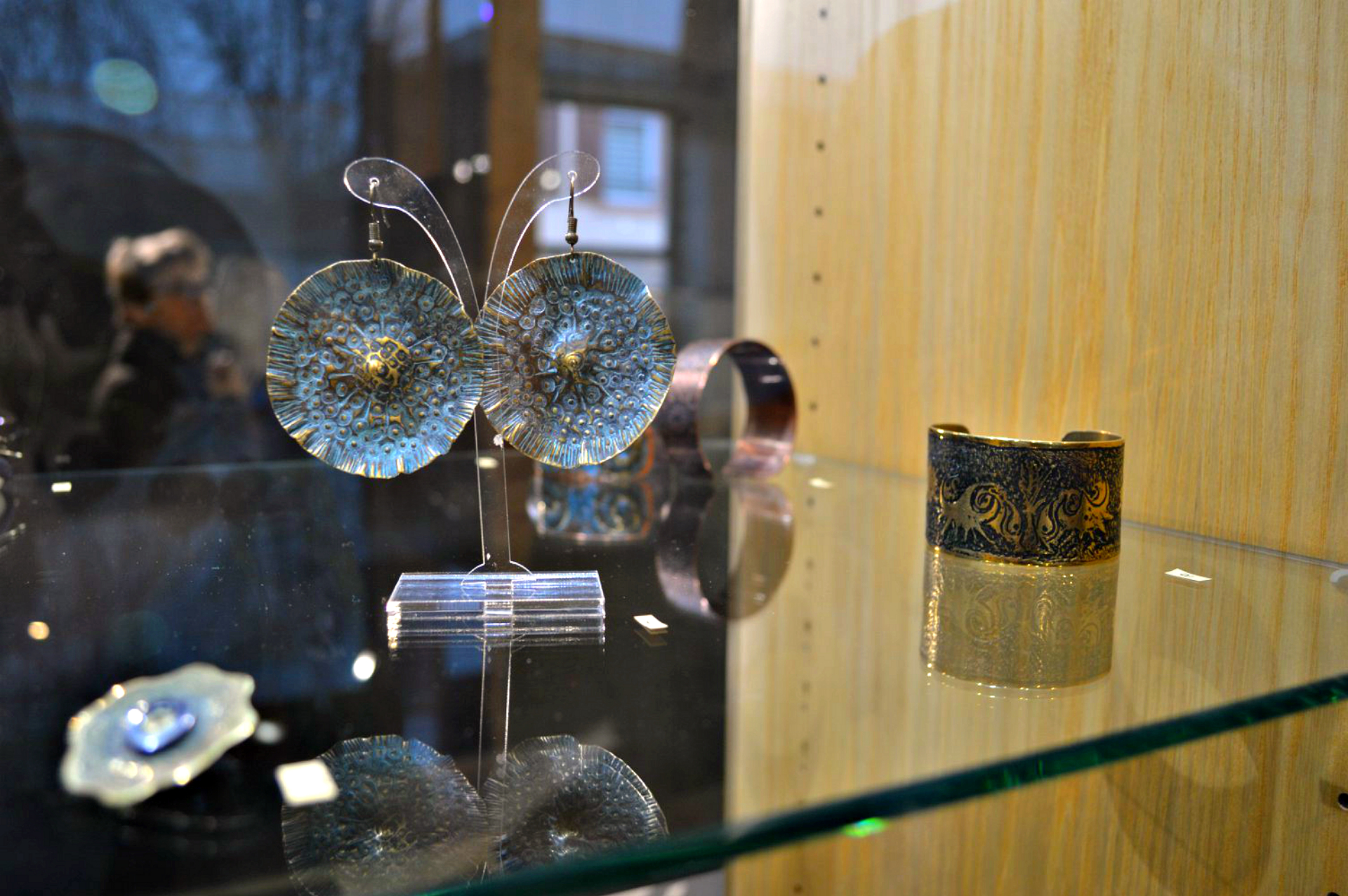
He immediately received an invitation to participate in another exhibition, at the Boteka hall Metz, France. The artist is very proud of this, but he dreams of more: to organize exhibitions in countries and regions where there are conflicts, including Karabakh:
“You understand that you are too little of a man to change something in the world, at the same time, at least you can try to do something through your work so that people think for a minute. You cannot have much hope, but you are doing something so that there is no violence, so that more people will hear the call for peace.”
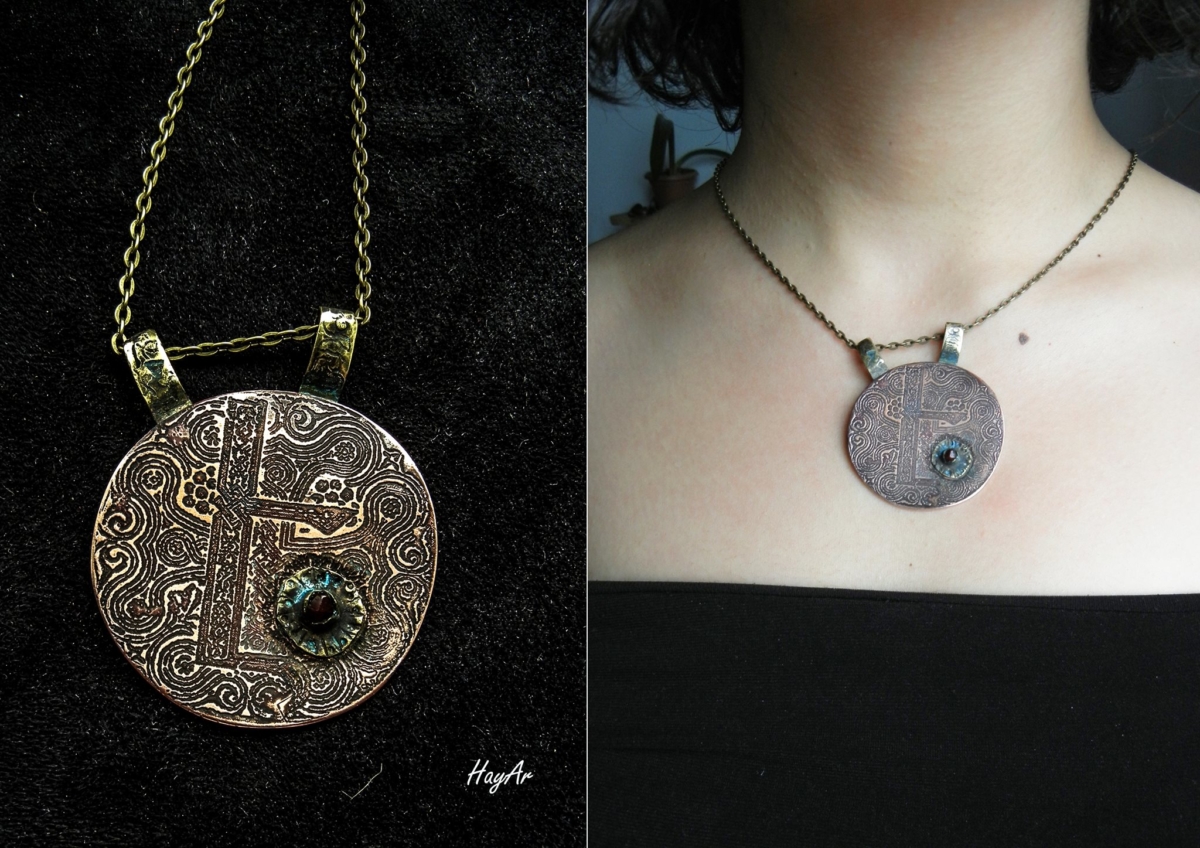
Artak and Ayarpi no longer look for materials in places of military exercises. They are now brought to him by friends and strangers, hunters and policemen. People seem happy to help the artist who creates decorations from weapons, bringing his call for peace to many.











